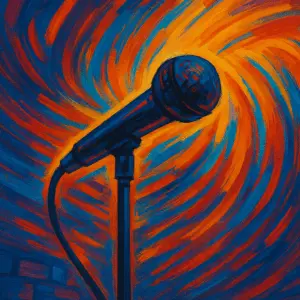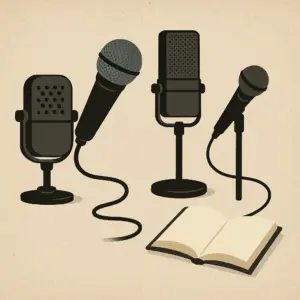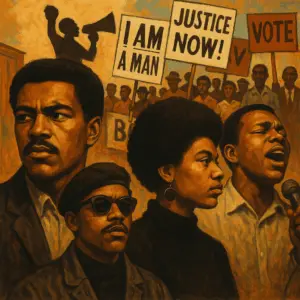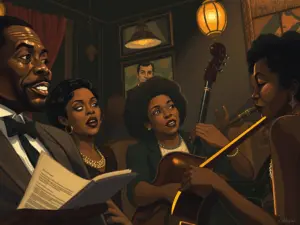Now we move to the post-war era: 1950s, early 60s. A new countercultural movement emerges — the Beats. Writers like Allen Ginsberg, Jack Kerouac, Diane di Prima — mostly white, mostly male — reject conformity and consumerism. They write how they speak. They embrace rhythm, stream-of-consciousness, and taboo topics.
Here’s the shift: this is when elements of spoken word culture, rooted in African American oral tradition, start entering white artistic spaces. The Beats are inspired by jazz and Black improvisational forms, but rarely acknowledge their origins. They perform in smoky cafés with bongo drums and mic stands, borrowing the cadence without carrying the weight of Black struggle.
It’s a remix — one that breaks poetic rules and introduces performance-based poetry into white counterculture. But it also raises questions about appropriation, erasure, and selective influence.
Key Figures
- Allen Ginsberg – Wrote Howl; brought performative urgency to poetry readings.
- Jack Kerouac – Known for improvisational delivery and stream-of-consciousness writing.
- Diane di Prima – A major feminist voice in a male-dominated scene.
- Bob Kaufman – A Black Beat poet who bridged both Beat and Black traditions, often overlooked.
Activities
- Snap Beat Jam: One person speaks a line while the group keeps a finger-snap rhythm.
- On-the-Spot Stream: 20 seconds of improvised spoken free-flow, no stopping.
- Chorus & Solo: Group repeats one phrase while a rotating soloist riffs over it.




